Welcome to the CORAC Communications Team conversation. We’re delighted that you’re here and welcome any comments and resources that will help edify and strengthen this community. Please share where it is most appropriate –– under pertinent posts if available –– or under this “General Discussion” area if a specific post topic has not yet been introduced by the Communications Team lead.
Before you join the conversation by commenting, please take a moment to look over our Comments Policy.
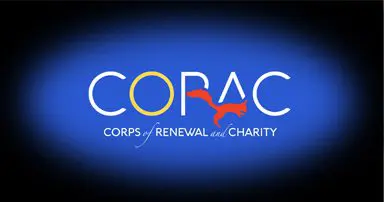

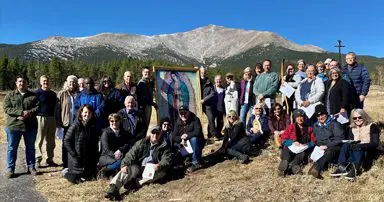





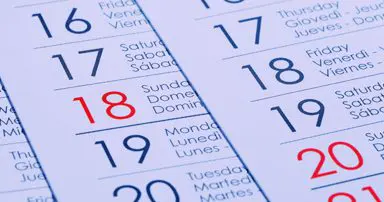










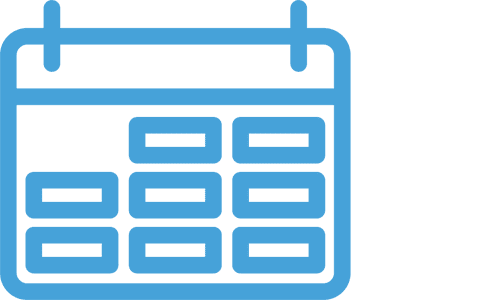
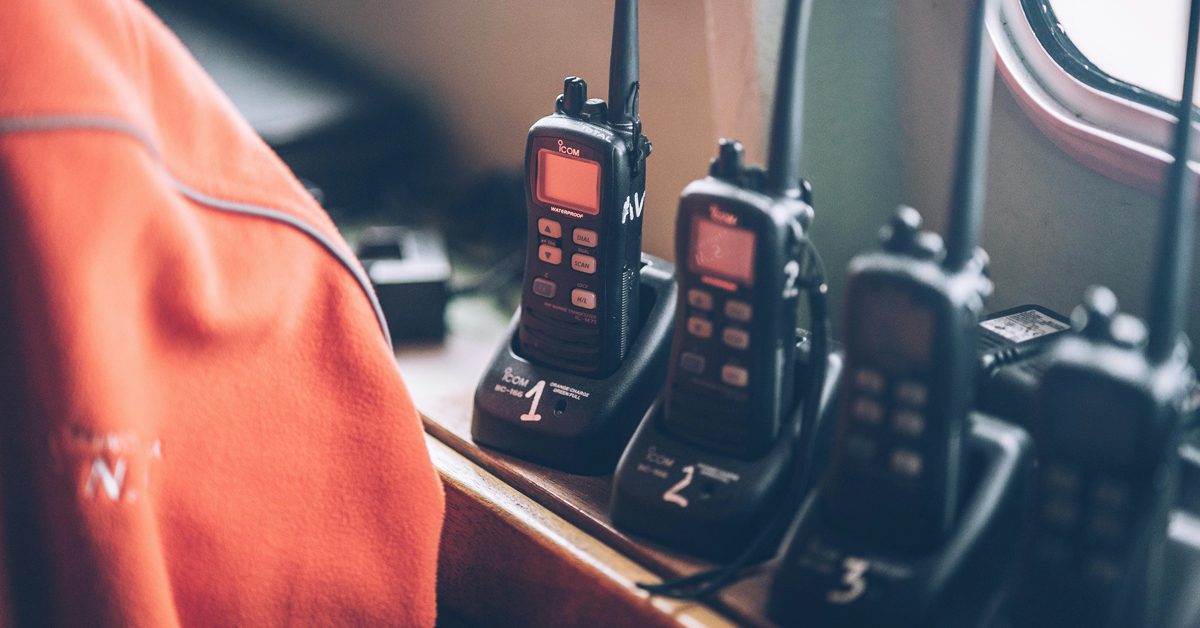



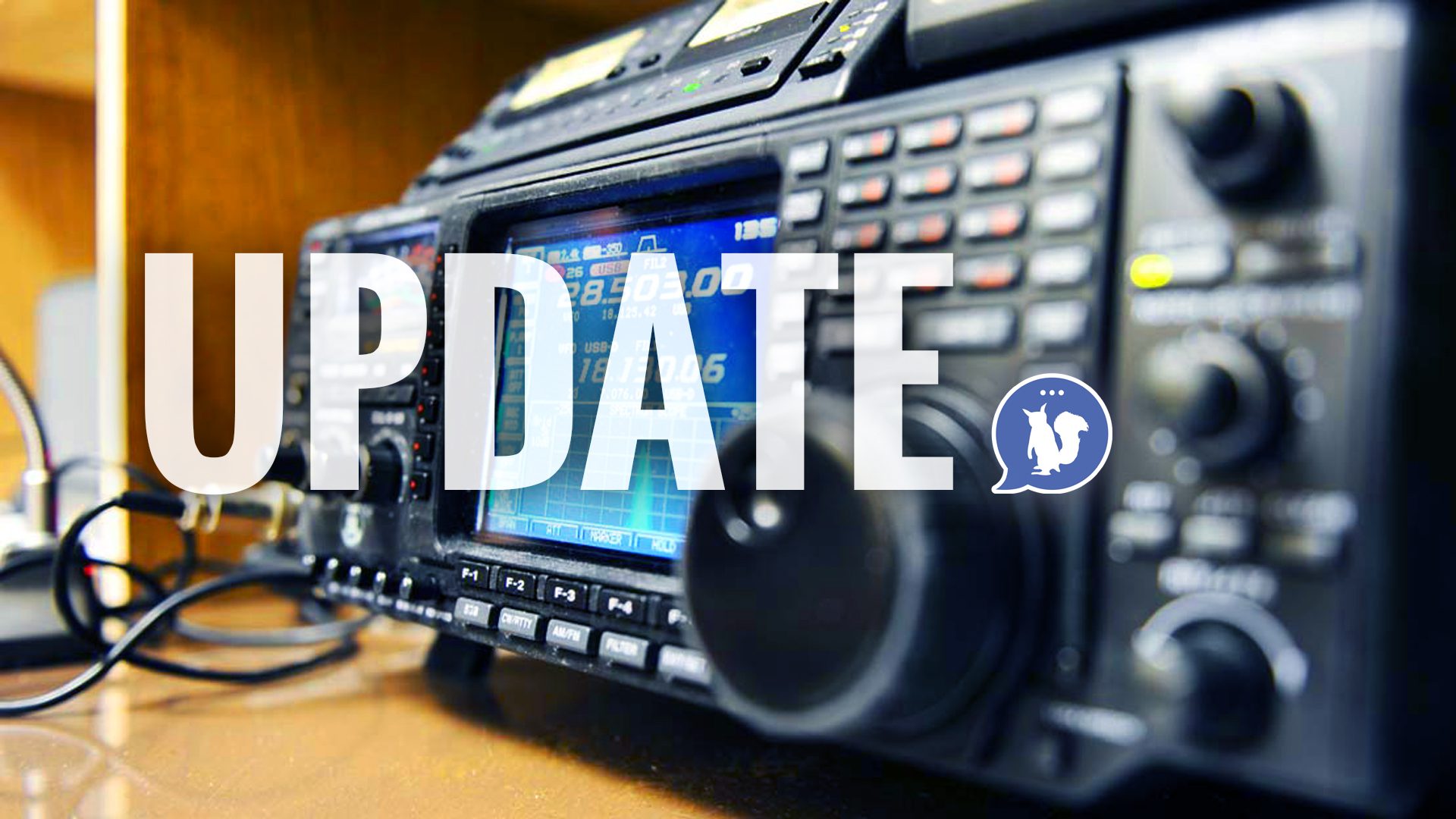
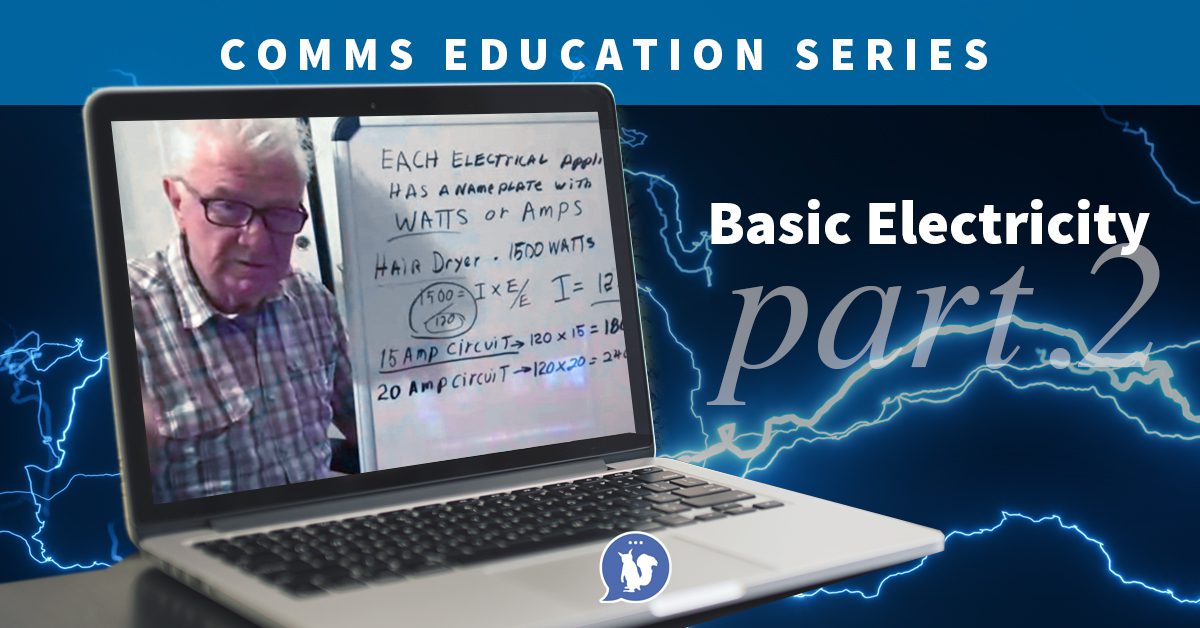

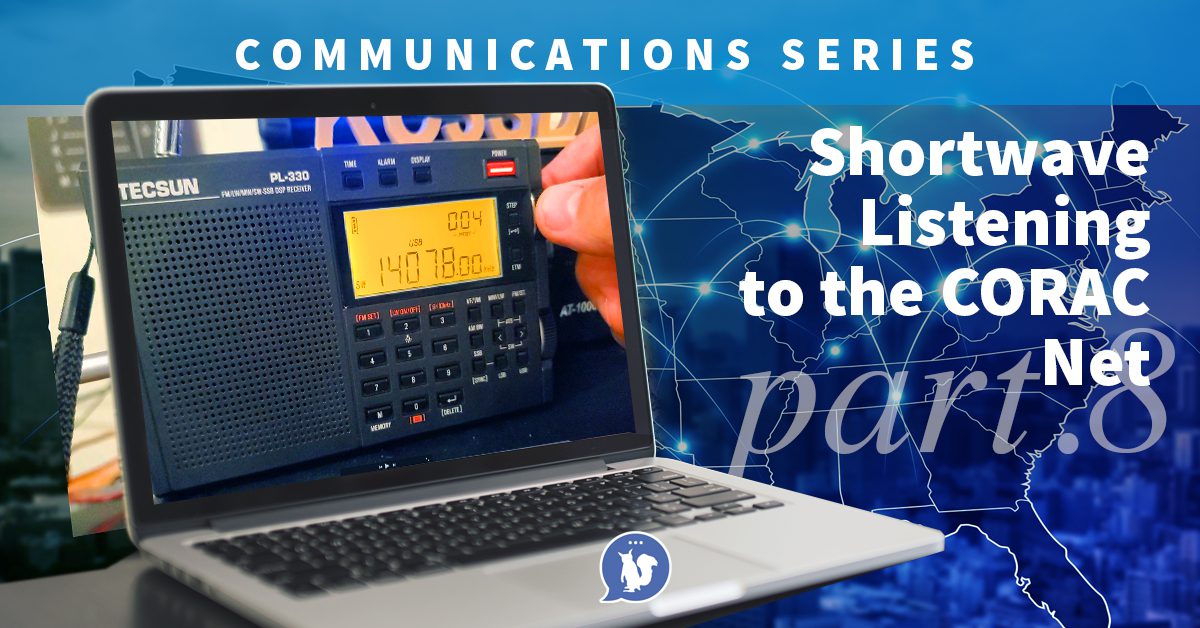

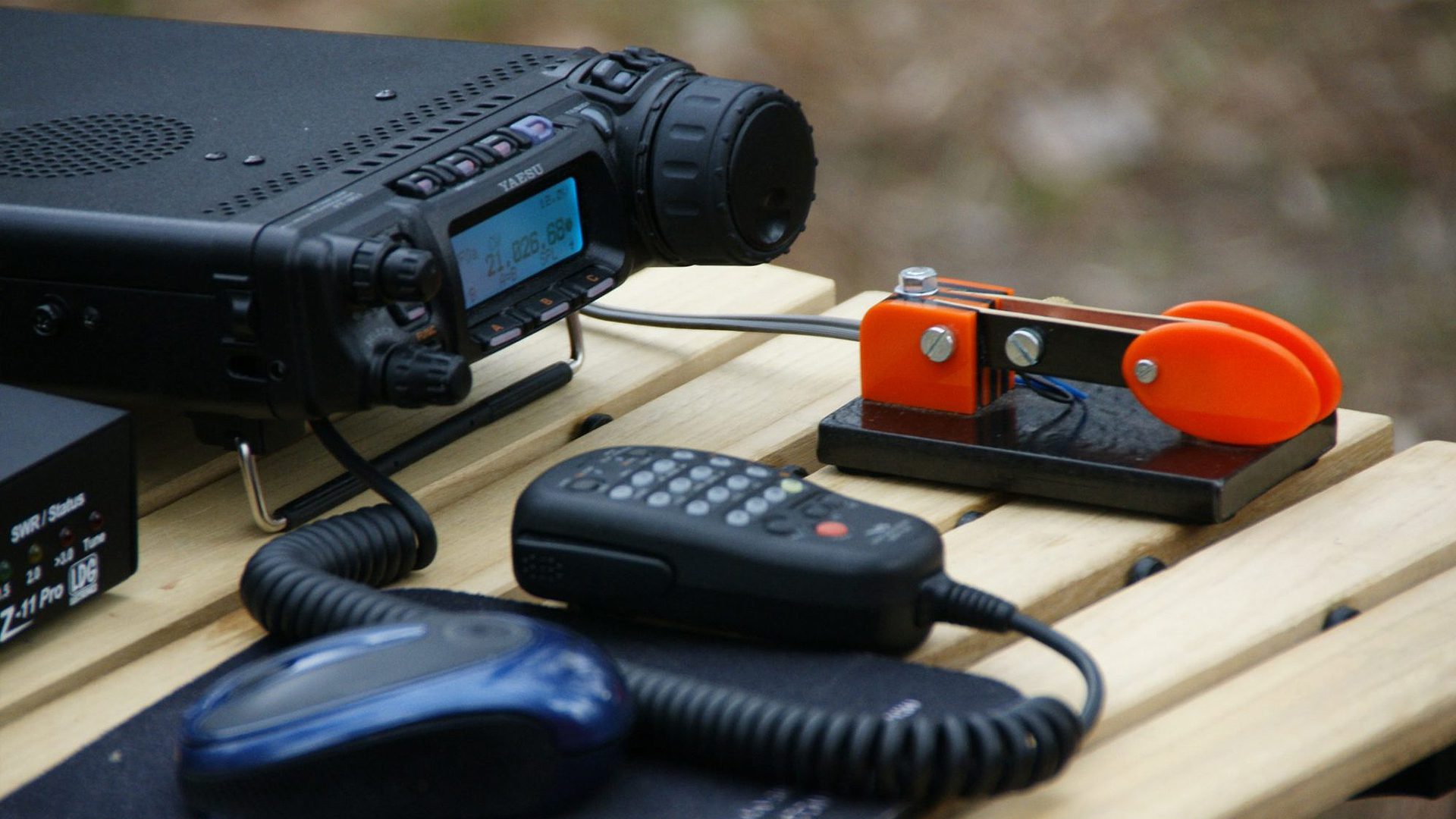
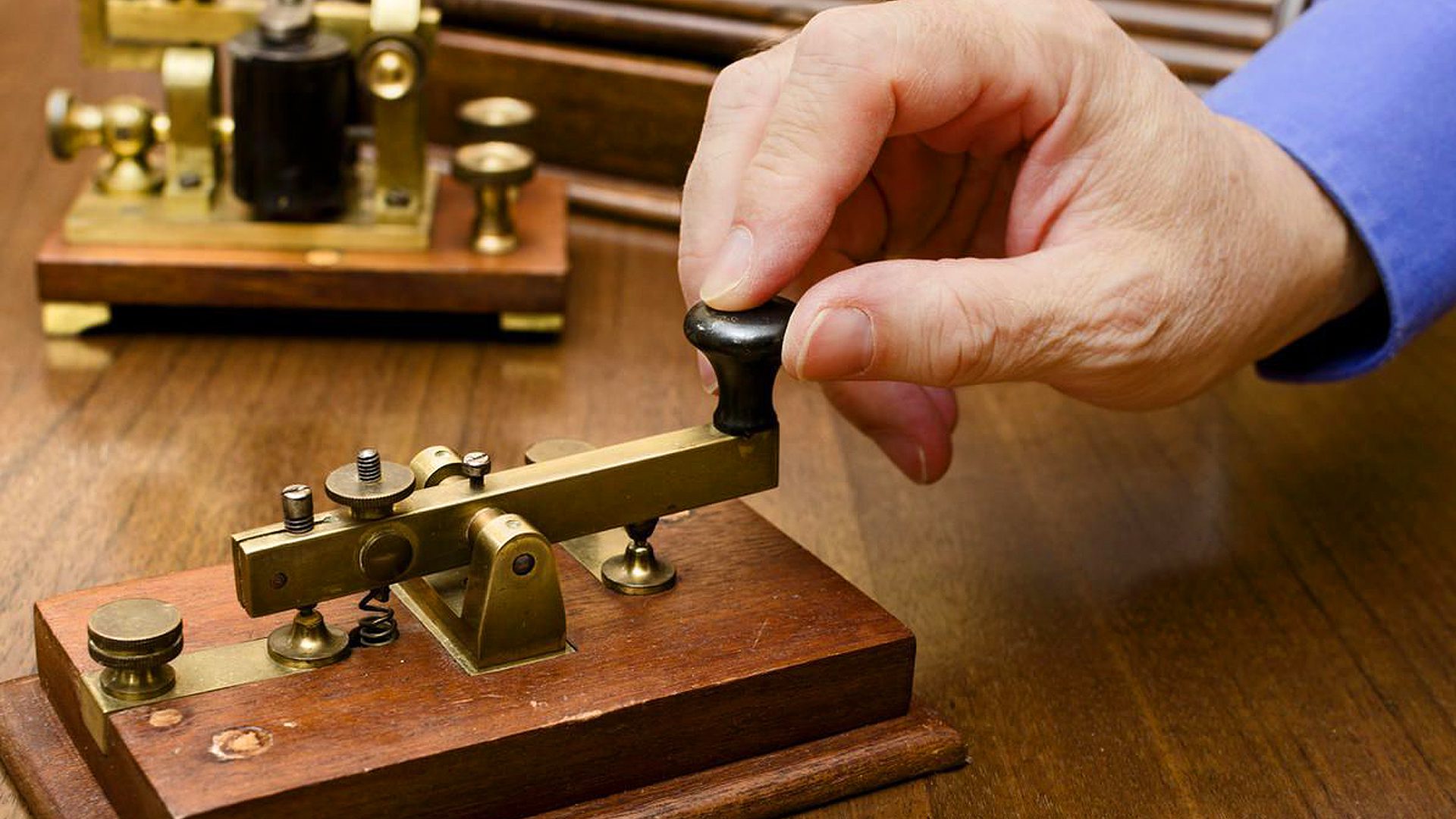

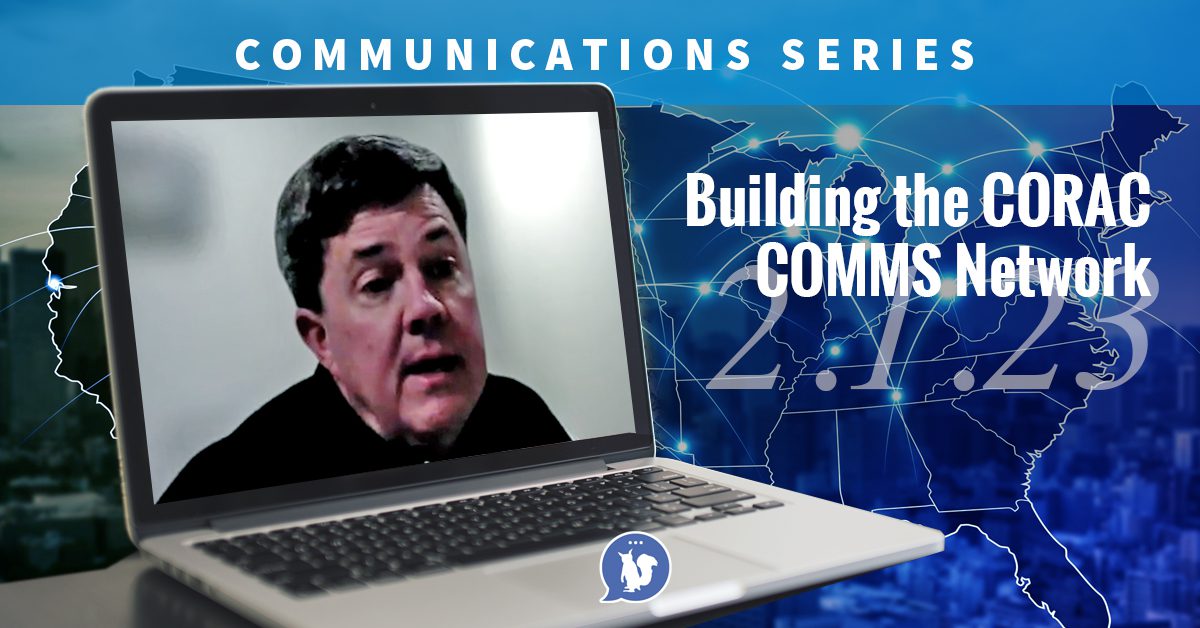
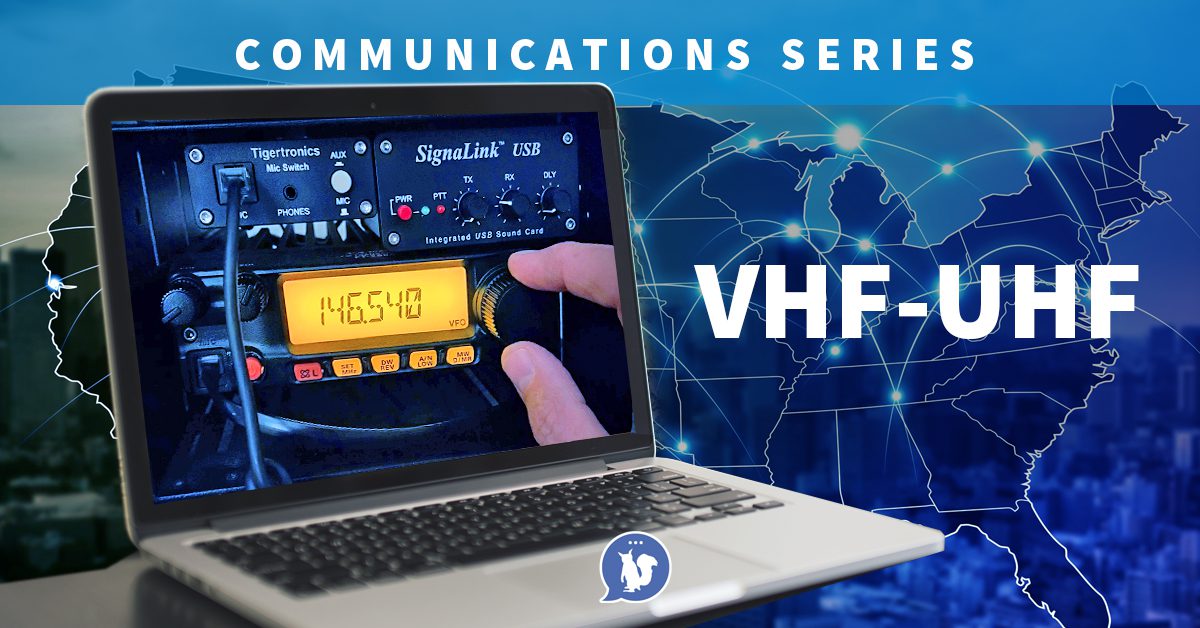
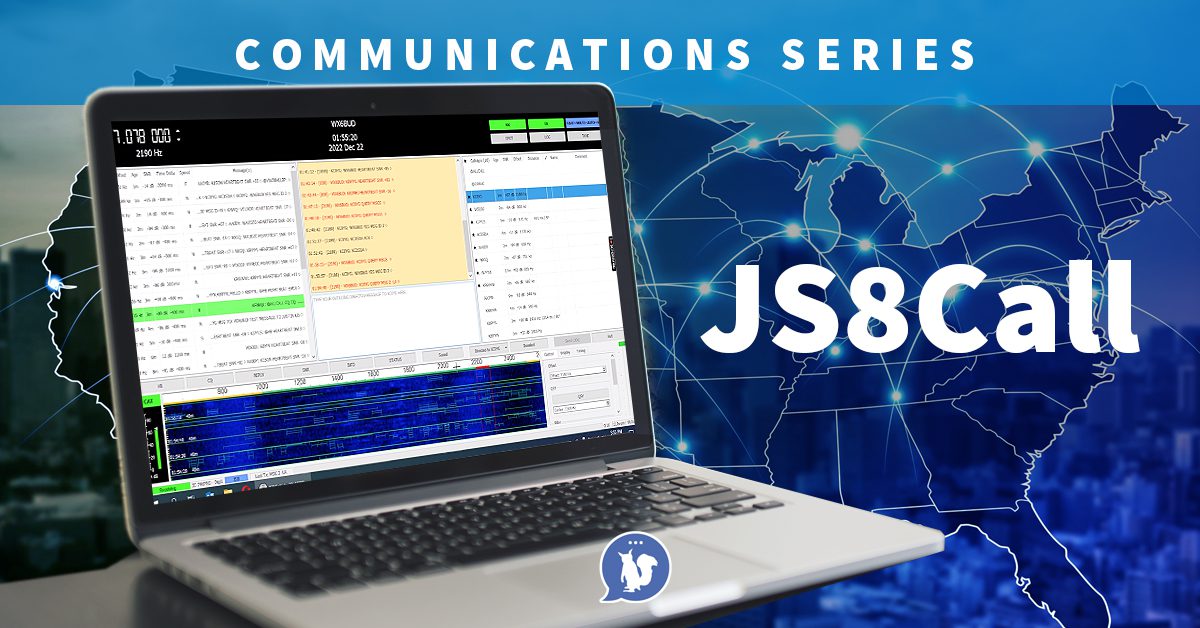
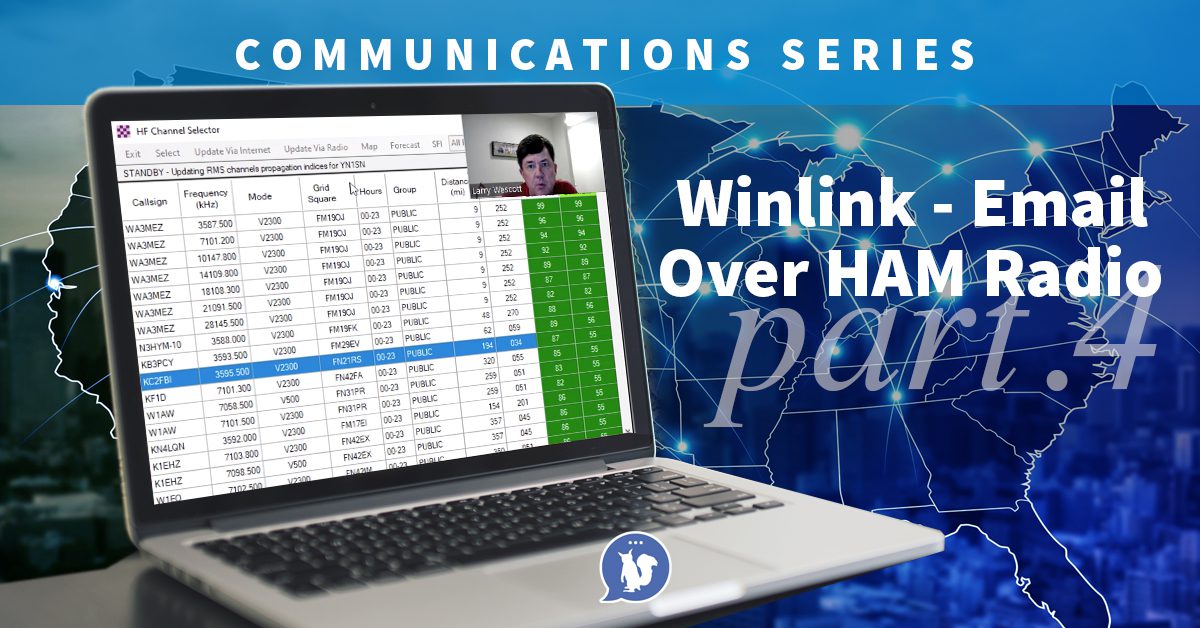
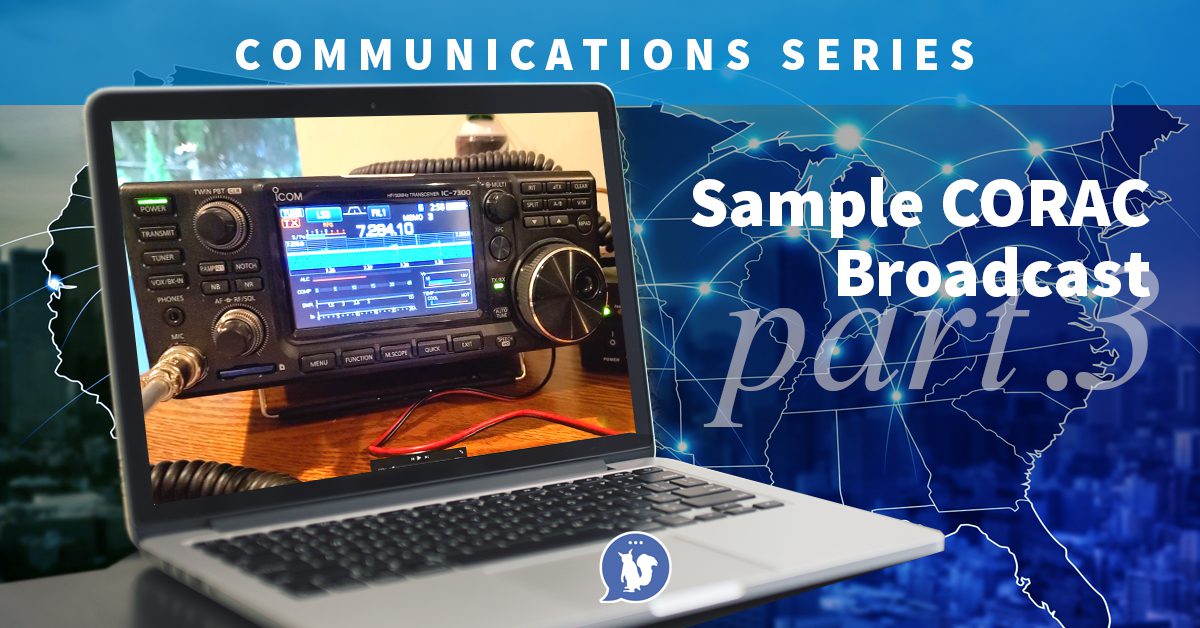
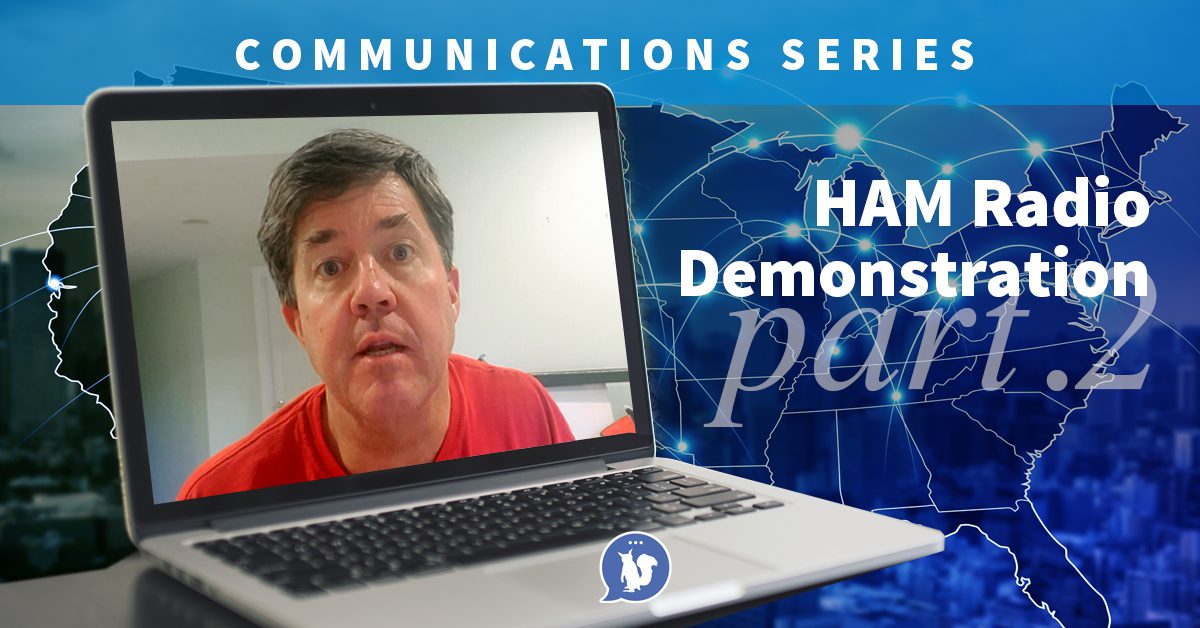
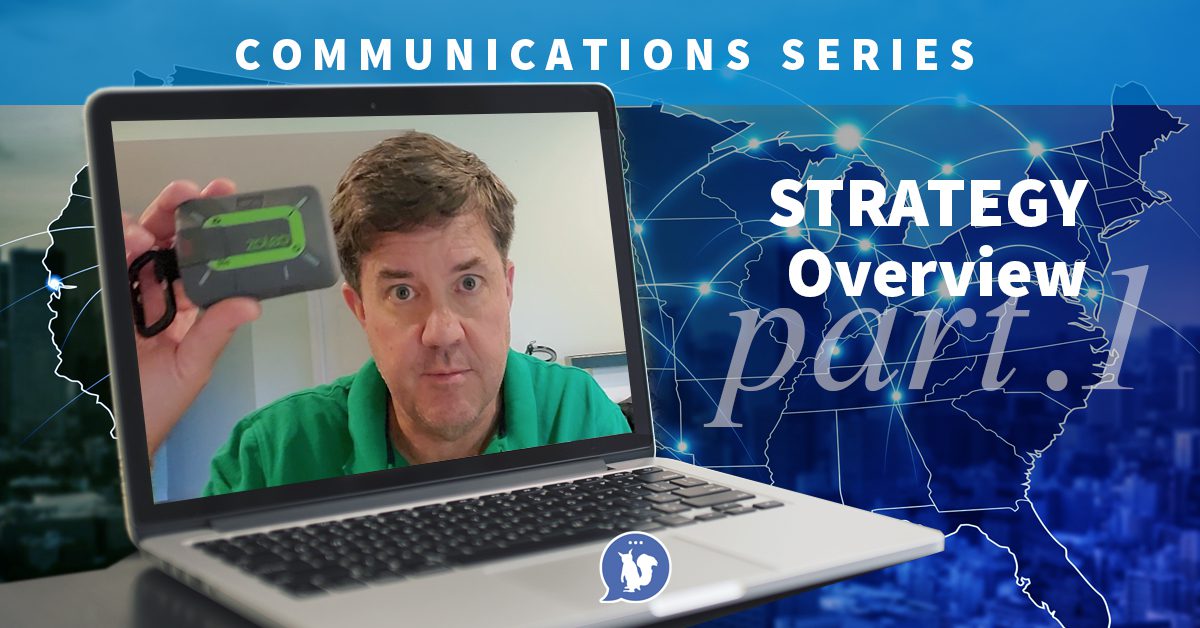



I have brand new base equipment coming in 2 days. VERY concerned about grounding the antenna AND the tripod on the roof. I was told today to ground the tripod to the grounding rod with #4 copper. ALSO to run a #4 copper wire from the grounding rod into the house to the water pipe inlet. I cannot find anything on the internet about this that is not over my head. Please help.
You received good advice.
Find a place near your house to drive a ground rod. Hopefully this spot for your ground rod is reasonably close to the place where your home breaker panel is grounded to the cold water pipe. Careful. Pick a spot where you won’t drive the rod through your water/sewer lines or any buried wire. Also, pick a spot where you don’t have to run the ground wire from one end of the house to the other. Keep it as short as possible, while keeping it looking neatly done. You can get ground rods at Ace Hardware and the big box home centers. Get one that is 5/8 inch diameter and 8 feet long. They are made from copper-clad steel vs solid copper – not expensive. Don’t buy the 1/2 inch rod by mistake. Check you-tube for tips and tricks on how to install ground rods.
You should also get a good quality lightning arrestor. It’s a “safety valve to ground” to help protect your radio, that is connected to your antenna via coax. A lightning strike can destroy coax, and everything connected to it. Connect the lightning arrestor to your grounding network. Lightning arrestors aren’t cheap; but they make for a clean installation; and the good ones have replaceable elements. There are you-tubes that show how to make your own lightning arrestor from old spark plugs.
Be careful about the connectors you use to connect the copper ground wire to the tower. You have to learn about galvanic corrosion. There are you-tubes and internet articles that cover this subject. The most common solution is to use stainless steel clamps, and fasteners. The technique usually involves finding a way to sandwich the copper between two layers of stainless steel, so that it is securely clamped; but never touches the steel. Not cheap; but it’s imperative to avoid galvanic corrosion. Also, use stainless steel on any antenna hardware that might need disassembly at some later date. And put a little anti-seize compound on the threads. The smallest can of anti-seize lasts a long time.
I recommend the book “Grounding and Bonding For the Radio Amateur” by H. Ward Silver, N0AX. You can order it new from the American Radio Relay League (ARRL) or get it on Amazon. The ARRL offers only new copies, whereas on Amazon you can get good used copies for less $$$$.
As for grounding wire, find a scrap yard that deals in non-ferrous metals. Here in Milwaukee, I was able to find some #2 Bare, Stranded copper at a fraction of brand new prices.
I was able to get enough scrap copper to build a small grounding network that extends around three sides of my house. I installed a ground rod at roughly 16 foot intervals, and I used Harger exothermic welding products (aka Cadweld) to weld the #2 copper to the ground rod. Not cheap; but the only reliable way to make quality underground/buried electrical joints that won’t corrode over time.
Resist the temptation to “do it on the cheap”. It’s human nature to be attracted to a low price. But if a product seems fantastically cheap, research it before buying. Try to find out the reason it’s so cheap.
Good luck.
73 de N3GZR
It is a tough chore to figure out what is the best. I default to the National Electrical Code (NEC). Most questions can be answered online under NEC article 250. The standards are outlined in that section. Then comes the issue of permits. Your local or state rules apply to construction. Also, Amatuer Radio also has several articles in the ARRL magazine on grounding and bonding. That said, you have to weigh the risks vs the benefits. It can be a lot of work and a considerable investment to properly ground ALL of your equipment. I rely on the “House grounding” at the distribution panel but I live in an area that seldome has lightning and I am surrounded by many very tall trees. (which surely effects my antenna’s transmitting and receiving).
Another good resource is REEVE.COM “Antenna System Bonding and Grounding Requirements in the USA”
The NEC can be very challenging and though it may show safe installation, it does not always allow functionality. After all it is written by NFPA (firemen, and added input from manufacturers). Especially in the lightning protection section (I think is in section 800).
Bottom line is take your time and do your best, and after you get on the air, listen to some fellow HAM operators. Perhaps join a HAM Radio club near you.
I have been on the air for 5 years, and I still do not have adequate bonding and grounding for the worst case senarios. In other words, the cost and effort outways the risk. Each person needs to asses their own situation. OH, and I would be happy with #10 copper for most tower and antenna grounding.
I would like to listen in on the weekly sound check for CORAC members at 7:30 pm EST on Sunday nights. I think the frequency is 7.284.10 Mhz. But that doesn’t make sense to me. Is it, rather, 7284 KHz?
A little help is appreciated! 🙂
It is actually the same frequency. MHz is an abbreviation for 1 million Hz, while KHz is an abbreviation for 1 thousand Hz. Thus, 7.284 MHz is the same as 7284 KHz. 7.284.1 is the way that most radios will display the frequency.
The Sunday nite net is on 20 meters, 14.347 mHz, with back-up on 14.227 and an additional back-up on 14.319.
I’ll be testing my Tecsun PL-680 to verify how well I can receive on a battery powered receiver.
I stand corrected! The frequency is in fact 7.284.1 per the CORAC calendar of events. I got the 14.347 from a CORAC Powerpoint slide.
I am a licensed Ham, N3GZR, in Milwaukee. I have UHF, VHF, and limited HF capability. I would like to sign-up with the Communications Group; but I have searched this web site from one end to the other and found no place to do so.
Get in touch with your regional coordinator.
I am a retired EE that spent my career in the industrial controls field. Decades ago I took a course on electrical installation safety, and there are some fundamental things that apply to all grounding that I’ll share here. First, and foremost, all grounding systems ultimately need to be tied together for safety in the event of a lightning strike. This is not just a strike directly to the equipment, but to anything in the vicinity. I agree with one of the comments that a #10 solid wire is adequate for safety grounding purposes, and for tying things together as I contend is necessary; the connections (potential loosening or corrosion) are a bigger concern than the gauge of the wire. The fundamental principles that drive this are that it is not possible to get a perfect connection into the earth. A typical ground rod has a resistance of about 20 Ohms to the earth. A typical lightning strike can reach very short peak currents of about 100,000 Amps. This means that something grounded only to its own ground rod can reach a momentary voltage potential above earth of 2 million volts. However, if all metal in a building’s systems (pipes, wiring, framework) are tied together adequately, there is no danger to people or equipment inside the building as it is voltage difference that matters, not voltage above the earth.
I am willing to go into more detail regarding the technical explanation of this, but I am new to CORAC, and don’t know if I should do that in this comment, or somehow start a new subject. I welcome some direction from one of the moderators.
Your comments are more than welcome here and you can also get in touch with your Regional Coordinator (if you’re a CORAC member) or the communications lead at communications@coracusa.com to get further connected.
Hello! We are tuned in for the very first time and can hear nothing but static. Truthfully, we have no clue what to listen for, but we heard a click, like someone was trying to connect, but then back to static.
Is there is a considerable delay between the original message and the west coast?
Perhaps there is just too much interference between here and there.
Thanks, katey & steve in OR
For those in meteorological hazard areas, radio gear can be vulnerable to a variety of weather.
I’ve had many pieces of equipment fall to electrical storms, even when heavily and properly grounded and even with polyphazer lightning protection. If this is your situation, advise using an RF switch or manually unplug to keep the antennas off your gear when not in use.
Also for high winds, we’ve moved in recent years from a heavy tornado zone to a hurricane zone, so this is one of our concerns. We can probably count on losing antennas in a severe storm. Elmers in such areas who want to remain prepared have additional antennas dismantled, wrapped up, and lashed to rafters or something secure so that they can erect and get back on the air. Or at least have some long wire on hand to setup a dipole or random length antenna.
Just some ideas I’ve seen implemented.
Stay safe. Stay free.